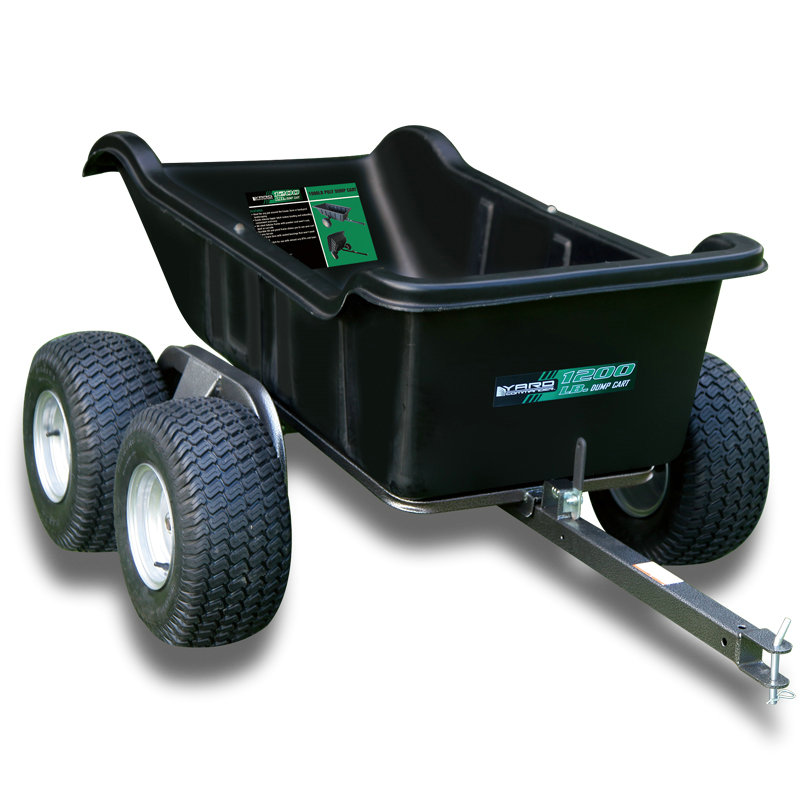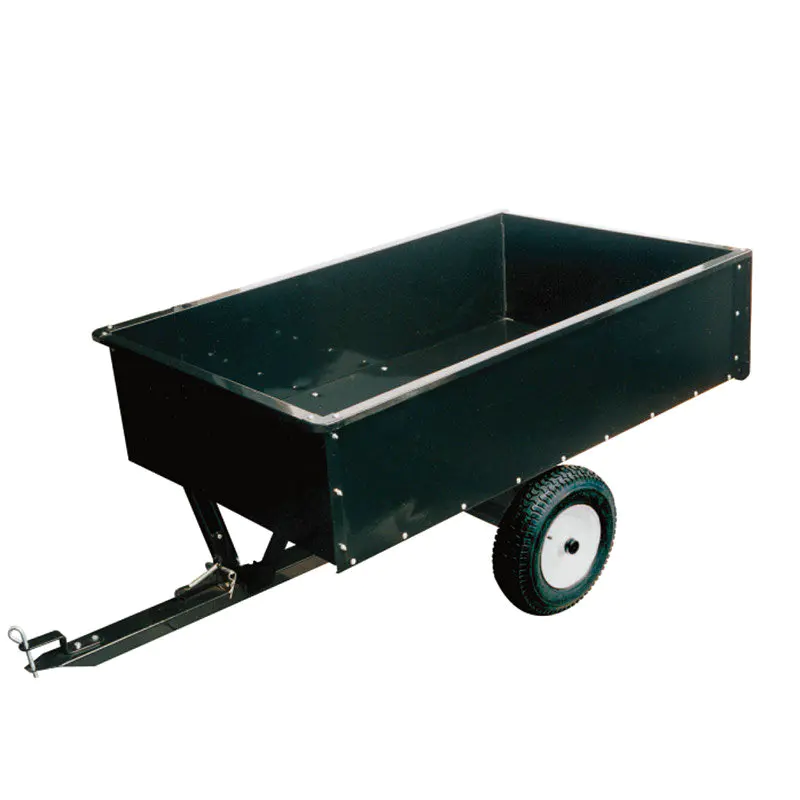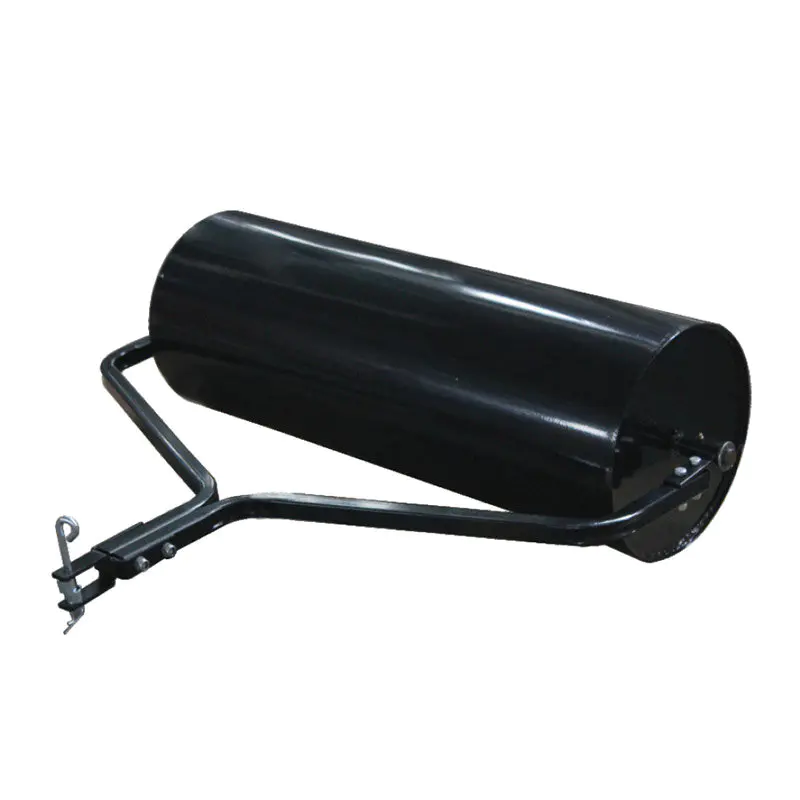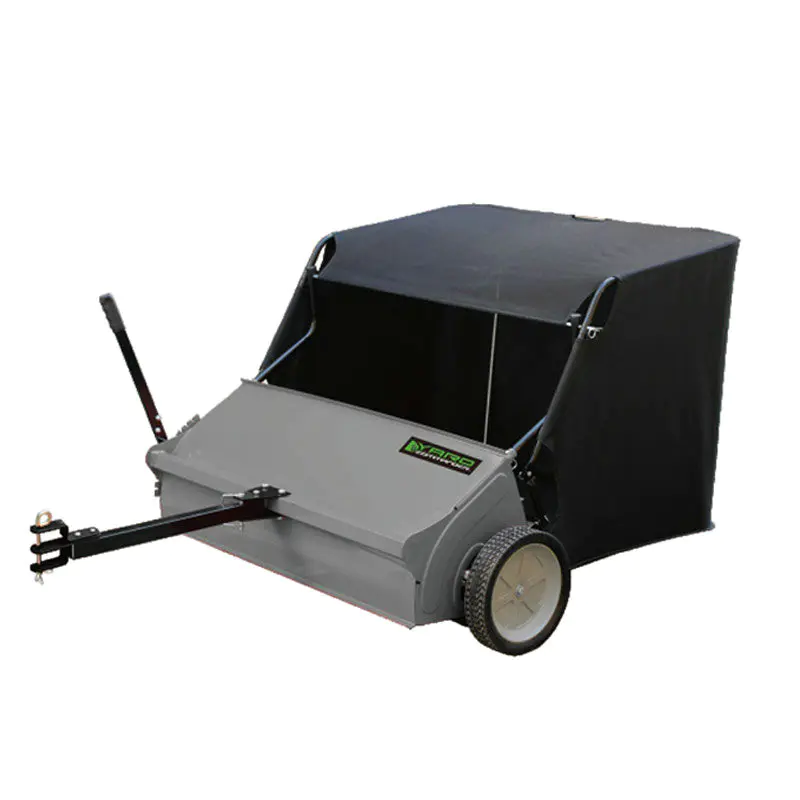A manual log splitter is a prized possession for homeowners who heat with wood or enjoy a recreational firepit. Its simplicity, lack of reliance on gasoline or electricity, and robust construction are significant advantages. However, the perception that these tools are entirely maintenance-free is a common misconception. While they are undoubtedly lower maintenance than their powered counterparts, a consistent and thorough maintenance routine is the single most critical factor in ensuring its longevity, safety, and performance. A well-maintained manual log splitter can serve its owner reliably for decades, while a neglected one can become a safety hazard or a source of frustration.
Understanding the Core Components for Effective Maintenance
Before delving into the specific maintenance tasks, it is essential to understand the key components of a typical manual log splitter. Different types exist, such as hydraulic jack models, kinetic flywheel models, and screw-type splitters, but most share common elements. Knowing the function of each part will help you understand why each maintenance step is necessary and what to look for during inspections.
The core structure is the frame or beam, which provides the foundation and strength for the entire machine. The wedge is the hardened steel point that does the actual splitting of the wood. On hydraulic models, a hydraulic cylinder is driven by a pump handle to push the log into the wedge or the wedge into the log. This system is filled with hydraulic fluid and relies on a series of seals and O-rings to contain pressure. The release valve controls the retraction of the cylinder. Kinetic models feature a flywheel, drive gears, and a rack and pinion system that stores and releases energy. Finally, all models have moving parts such as pivot pins, bushings, and springs that require attention. Recognizing these components will make the following maintenance procedures more intuitive and effective.
Pre-Use Inspection and Lubrication
A brief pre-use inspection is the first line of defense against unexpected breakdowns and safety issues. This process should take only a few minutes but can prevent costly repairs and accidents. It is a crucial habit to develop for anyone who operates a manual log splitter.
Begin with a visual inspection of the entire machine. Look for any signs of cracks, bends, or significant rust on the main beam and frame. These could indicate structural weakness. Check all bolts, nuts, and fasteners to ensure they are tight; the immense forces generated during splitting can quickly loosen them. Inspect the wedge for any signs of damage or excessive wear; a chipped or deformed wedge will be less effective and more dangerous. For hydraulic models, look for any visible signs of hydraulic fluid leaks around the cylinder, pump, and hoses. Even a small leak can indicate a failing seal that will worsen over time. For kinetic models, ensure that the flywheel guard is secure and that the drive mechanism is free from obstructions like wood chips and dirt.
The most critical pre-use task is often lubrication. Apply a few drops of light machine oil to all visible pivot points and moving joints. This includes the linkage on the pump handle, the pivot points of the release valve mechanism, and any other spots where metal moves against metal. This simple step reduces friction, minimizes wear, and makes the operation of the manual log splitter noticeably smoother. It also helps protect these components from rust. Do not over-lubricate, as excess oil can attract dust and grit, forming a abrasive paste.
Post-Use Cleaning and Care
The work of maintaining your manual log splitter is not complete once the last log is split. Post-use care is arguably more important than the pre-use check, as it addresses the wear and contamination that occur during operation. Taking a few minutes to clean the tool properly will pay significant dividends in its service life.
After use, the splitter will be covered in wood chips, sap, and moisture. Use a stiff-bristled brush to remove all wood debris from the beam, wedge, and around the cylinder or flywheel housing. Sap is acidic and can promote rust, so it is advisable to wipe down the metal surfaces with a rag. If sap has built up, a biodegradable degreaser can be used sparingly, but be sure to wipe the area dry afterwards. It is crucial to store the manual log splitter in a dry, covered location, such as a shed or garage. Leaving it outdoors exposed to the elements will rapidly accelerate rust and corrosion, degrading the structural integrity and functionality of the tool. If you must store it outdoors, invest in a heavy-duty, waterproof cover. Before storing, ensure the splitter is completely dry and retract the hydraulic cylinder fully on models where this is possible to protect the ram from corrosion.
Periodic Maintenance and Hydraulic System Care
While daily pre- and post-use routines are vital, a more in-depth periodic maintenance schedule is required to address components that do not need attention every single use. This periodic care is the cornerstone of long-term reliability for a manual log splitter.
For hydraulic models, the most critical periodic maintenance task is checking and changing the hydraulic fluid. Over time, the fluid can become contaminated with moisture and metal particles, losing its lubricating properties and potentially damaging the pump and seals. Consult your owner’s manual for the specific type and weight of fluid recommended, as using the wrong type can cause damage. The general procedure involves placing the splitter on a level surface, locating the reservoir fill plug, and cleaning the area around it thoroughly to prevent contamination. Check the fluid level; if it is low, top it up. If the fluid appears dark, milky, or has a burnt smell, it is time for a complete change. This typically involves draining the old fluid, flushing the system if possible, and refilling with fresh fluid. This process is a key search term for owners: how to change hydraulic fluid in a manual log splitter.
All types of manual log splitters require careful attention to their high-stress components. Periodically, you should conduct a more thorough inspection of the wedge, ensuring it has not loosened from the beam or become damaged. Check for worn pivot pins and bushings; any significant play in these joints can affect performance and safety. For kinetic models, inspect the gears and the rack for any signs of chipping or unusual wear. The spring in some manual models should be checked for fatigue or cracks. Tightening every bolt and fastener on the machine with the appropriate tools during this periodic check is a highly recommended practice.
The following table outlines a suggested maintenance schedule:
| Task | Frequency | Key Action |
|---|---|---|
| Visual Inspection | Before each use | Check for cracks, loose bolts, and hydraulic leaks. |
| Lubricate Pivot Points | Before each use | Apply light oil to all moving joints. |
| General Cleaning | After each use | Brush off debris and wipe down surfaces. |
| Check Hydraulic Fluid Level | Every 10-20 hours of use | Top up with correct fluid if low. |
| Inspect Wedge and Frame | Every 25-50 hours of use | Look for damage, wear, and ensure tight fasteners. |
| Change Hydraulic Fluid | Annually or every 50-100 hours | Drain and replace fluid to prevent internal damage. |
| Comprehensive Bolt Check | Semi-Annually | Systematically tighten all fasteners on the machine. |
Troubleshooting Common Issues
Even with a diligent maintenance routine, issues can arise. Being able to diagnose and address common problems will save time and money. Understanding these troubleshooting steps is part of responsible manual log splitter ownership.
One of the most frequent issues with hydraulic models is a loss of power. The splitter seems to operate but stalls on logs it should easily split. The most common cause is low hydraulic fluid. Air in the system can also cause spongy or weak operation; this often requires cycling the cylinder several times while topped up with fluid to purge the air. If the fluid is full and the system is bled, the problem may be contaminated or degraded fluid, or in worse cases, worn internal pump components or seals. Another common query is manual log splitter cylinder won’t retract. This is almost always related to the release valve. It may be blocked with debris, or the mechanism itself may be stuck or damaged. Carefully cleaning the valve area and ensuring the handle moves freely is the first step.
For all types, difficulty in operation can often be traced back to a lack of lubrication. If the pump handle is stiff or the flywheel is hard to engage, check that all pivot points are properly oiled. A persistent grinding noise from a kinetic model may indicate a problem with the gears or the rack, requiring a more detailed inspection. Remember, safety is paramount during troubleshooting. Never attempt to disassemble a pressurized hydraulic system or work on a kinetic system under tension without proper knowledge and tools.
Long-Term Storage and Rust Prevention
If you live in a climate with a distinct off-season for wood splitting, preparing your manual log splitter for long-term storage is a critical procedure. Proper storage prevents deterioration during periods of inactivity, ensuring the tool is ready for immediate use when needed again.
The goal of storage preparation is to protect the tool from its two greatest enemies: moisture and dust. Start with a thorough cleaning, as outlined in the post-use care section, but be even more meticulous. Remove all traces of sap and wood residue. Once the splitter is clean and completely dry, apply a protective coating to all exposed metal surfaces to prevent rust. A light oil or a specialized rust preventative spray is ideal for this. Wipe a thin film over the beam, the wedge, the cylinder ram, and any other unpainted metal parts. Do not forget the underside of the machine.
For hydraulic models, it is recommended to store the unit with the cylinder fully retracted. This protects the polished piston rod from corrosion and environmental damage. Store the manual log splitter in a dry, covered location. Placing it on pallets or blocks to keep it off a concrete floor can further help to reduce moisture contact. Avoid storing it under a pile of other equipment where moisture can be trapped and air cannot circulate. Taking these steps will preserve the integrity and appearance of your tool for years.
The Critical Link Between Maintenance and Safety
It is impossible to discuss the maintenance of a manual log splitter without emphasizing its direct and profound connection to operational safety. A poorly maintained tool is an unsafe tool. The high forces involved in splitting wood can turn a minor maintenance issue into a serious accident.
Loose bolts can cause the frame to fail or components to detach under pressure. A cracked beam can suddenly give way. A hydraulic leak can lead to a sudden loss of control or, in rare cases, a stream of high-pressure fluid that can penetrate skin. A kinetic model with a damaged flywheel or gear has the potential to fail catastrophically. Furthermore, a dull or damaged wedge can cause wood to shatter or kick back unpredictably. A sticky release valve can prevent the operator from retracting the cylinder in a controlled manner. By adhering to a strict maintenance routine, you are not just preserving your equipment; you are actively mitigating these risks. Every tightened bolt, every drop of oil, and every cleaned component is a step towards a safer wood-splitting experience. This makes maintenance not just a matter of economics, but a fundamental responsibility for the user.
Establishing and adhering to a consistent maintenance routine for your manual log splitter is a simple yet profoundly effective practice. It requires minimal time and investment, especially when compared to the cost of repairs or replacement. This routine, built on the pillars of pre-use inspection, post-use cleaning, periodic hydraulic and mechanical care, and proper long-term storage, will ensure that your tool remains a reliable and safe partner for years to come. The durability of a manual log splitter is one of its key selling points, and that durability is only fully realized through conscientious upkeep. By integrating these practices, you protect your investment, enhance your efficiency, and, most importantly, safeguard your well-being every time you set out to split wood.

 see more
see more
 see more
see more
 see more
see more
 see more
see more


